- Understanding Fertilisers for Optimal Crop Growth
- 1. Types of Fertilisers
- 2. Fertiliser Applications
- 3. Ideal Fertiliser Ratios
- Choosing the Right Fertilisers for Your Crops
- 1. Soil Analysis
- 2. Crop Nutrient Needs
- 3. Fertiliser Types
- 4. Application Methods
- 5. Environmental Impact
- Organic vs. Synthetic Fertilisers – Pros and Cons
- Importance of Nutrient Ratios for Plant Health
- Optimal Growth Conditions
- Imbalances and Deficiencies
- Using Fertilisers with Correct Nutrient Ratios
- Common Types of Fertilisers and their Uses
- 1. Nitrogen-based fertilisers
- 2. Phosphorous-based fertilisers
- 3. Potassium-based fertilisers
- 4. Complete or balanced fertilisers
- 5. Organic fertilisers
- 6. Slow-release fertilisers
- 7. Liquid fertilisers
- 8. Specialised fertilisers
- Best Fertiliser Practices for Different Types of Crops
- 1. Leafy Greens (Lettuce, Spinach, Kale)
- 2. Root Vegetables (Carrots, Radishes, Potatoes)
- 3. Fruit-Bearing Plants (Tomatoes, Peppers, Cucumbers)
- 4. Grain Crops (Corn, Wheat, Rice)
- 5. Herbs and Spices (Basil, Rosemary, Turmeric)
- 6. Perennial Plants (Fruit Trees, Berry Bushes, Perennial Flowers)
- 7. Indoor Plants
- Fertiliser Application Methods for Maximum Efficiency
- 1. Broadcasting
- 2. Banding
- 3. Side-Dressing
- 4. Foliar Spraying
- 5. Drip Irrigation
- 6. Fertigation
- Testing Soil Nutrient Levels for Proper Fertiliser Application
- Why Test Soil Nutrient Levels?
- The Testing Process
- Interpreting Soil Test Results
- Benefits of Soil Testing
- Questions and Answers:
- What are the different types of fertilizers available for a bountiful harvest?
- What are the applications of fertilizers?
- What are the different ratios of nutrients in fertilizers?
- Can I use organic fertilizers instead of inorganic fertilizers?
- Are liquid fertilizers more effective than other types of fertilizers?
- What are the advantages of using fertilizers for improving crop yield?
- Videos: How To Read Fertilizer Labels And NPK Ratios
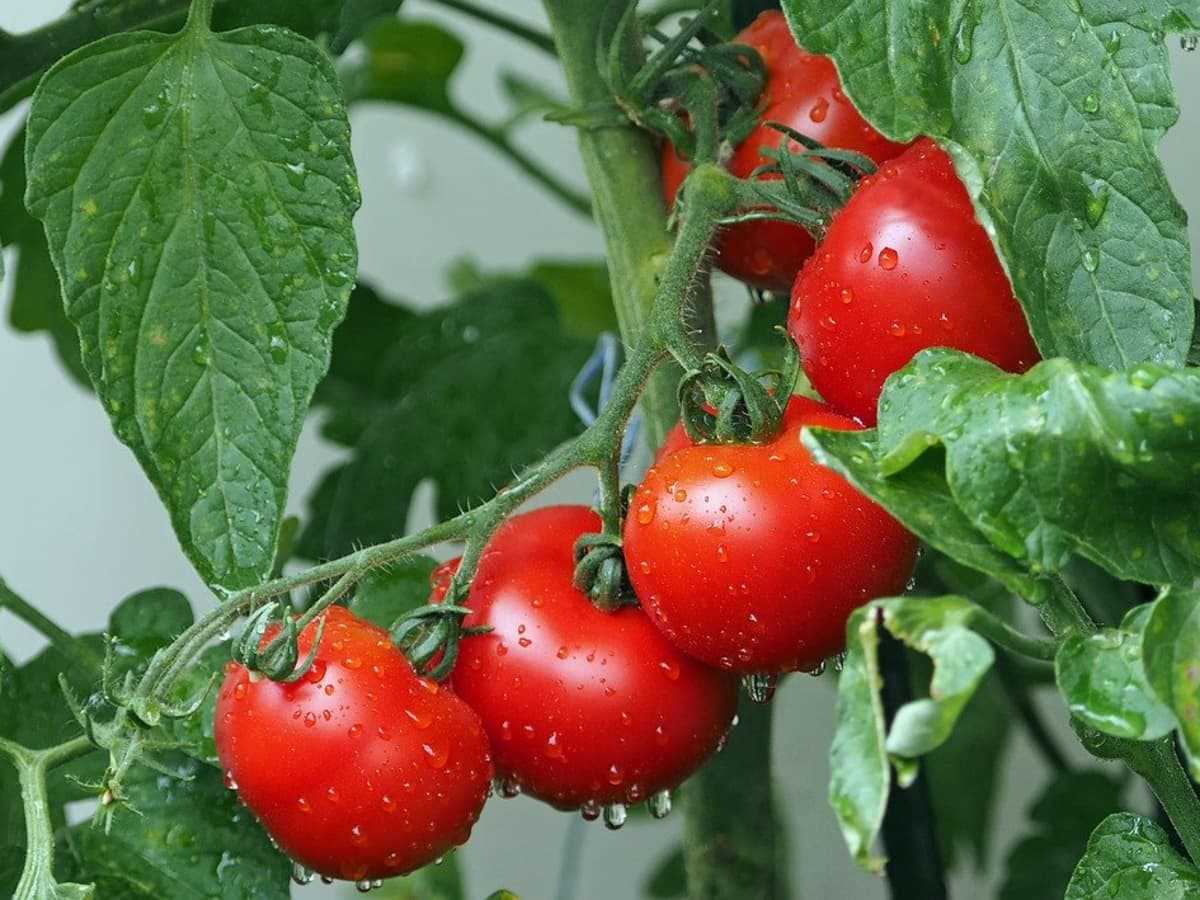
In order to achieve a bountiful harvest, it is crucial to provide plants with the necessary nutrients. One way to accomplish this is by using fertilisers. Fertilisers are substances that are added to soil or plants to supply essential elements needed for growth and development. They are commonly used in agriculture and gardening to improve soil fertility and increase crop yields.
There are various types of fertilisers available, each with its own composition and mode of action. Organic fertilisers, such as compost or manure, are derived from natural sources and provide a slow release of nutrients. They not only enrich the soil but also improve its structure and water-holding capacity. On the other hand, synthetic fertilisers are manufactured chemically and are available in different formulations. They can be fast-acting, providing an immediate nutrient source for plants.
The choice of fertiliser depends on several factors, including the type of crop, soil composition, climate, and desired results. Different plants have different nutrient requirements, and it is important to match the fertiliser composition to these needs. Common nutrients found in fertilisers include nitrogen, phosphorus, and potassium, often referred to as NPK. These three elements are known as essential macronutrients and play a vital role in plant growth. Nitrogen promotes leafy green growth, phosphorus stimulates root development, and potassium enhances overall plant health and disease resistance.
To ensure proper application, it is essential to follow recommended ratios and guidelines provided by experts. Applying too much or too little fertiliser can have adverse effects on plant health and growth. Additionally, it is important to consider the timing and method of application. Some fertilisers are best applied before planting, while others can be top-dressed or incorporated into the soil during the growing season. Proper fertiliser application can lead to healthier plants, increased crop yields, and sustainable agricultural practices.
Remember, when it comes to fertilisers, it is not just about providing nutrients to plants, but also about maintaining soil health and sustainability. By selecting the right type of fertiliser, applying it correctly, and monitoring the results, farmers and gardeners can ensure a bountiful harvest and contribute to a greener future.
Understanding Fertilisers for Optimal Crop Growth
Fertilisers play a crucial role in promoting the growth and development of crops by providing essential nutrients that may be deficient in the soil. Understanding the different types of fertilisers, their applications, and the ideal ratios is essential for achieving optimal crop growth and maximizing yields.
1. Types of Fertilisers
There are three main types of fertilisers: organic, inorganic, and synthetic fertilisers.
- Organic fertilisers: These fertilisers are derived from natural sources such as animal manure, compost, and plant residues. They are rich in organic matter and release nutrients slowly over time, promoting soil health and improving long-term fertility.
- Inorganic fertilisers: Also known as chemical fertilisers, these are manufactured using synthetic materials. They contain specific concentrations of nutrients and are available in different formulations to meet the specific needs of different crops.
- Synthetic fertilisers: These fertilisers are a type of inorganic fertiliser that is produced through chemical processes. They are highly concentrated and provide immediate nutrient availability to plants. Synthetic fertilisers are often used when quick and targeted nutrient delivery is required.
2. Fertiliser Applications
The application method and timing of fertilisers depend on various factors such as soil type, crop type, and nutrient requirements. The common application methods include:
- Broadcasting: This involves spreading the fertiliser evenly over a large area, usually before planting or between rows of growing crops.
- Band placement: The fertiliser is placed in concentrated bands near the plant roots, ensuring direct nutrient uptake.
- Foliar application: Fertilisers are sprayed directly onto the leaves, allowing for quick absorption and addressing nutrient deficiencies.
3. Ideal Fertiliser Ratios
The optimal fertiliser ratio depends on the specific nutrient requirements of the crop being grown. The three primary macronutrients required in different ratios are:
| Nutrient | Role | Ideal Fertiliser Ratio |
|---|---|---|
| Nitrogen (N) | Promotes leaf and stem growth | Varies depending on the crop |
| Phosphorus (P) | Supports root development and flowering | Varies depending on the crop |
| Potassium (K) | Aids in overall plant health and disease resistance | Varies depending on the crop |
Other secondary nutrients, such as calcium, magnesium, and sulfur, along with micronutrients like iron, manganese, zinc, and copper, also play vital roles in crop growth and should be considered when formulating the ideal fertiliser ratio.
Overall, understanding the types of fertilisers, their applications, and the ideal ratios is essential for achieving optimal crop growth. By providing the necessary nutrients in the right amounts at the right time, farmers can ensure bountiful harvests and promote sustainable agricultural practices.
Choosing the Right Fertilisers for Your Crops
Choosing the right fertilisers for your crops is crucial to ensuring a bountiful harvest. Different crops have different nutrient requirements, and selecting the appropriate fertilisers can help provide those essential nutrients to support healthy growth and maximize yield. Here are some factors to consider when choosing fertilisers for your crops:
1. Soil Analysis

Before selecting fertilisers, it is important to conduct a soil analysis. This analysis provides information about the soil’s nutrient content and pH levels, which can help determine the specific nutrient requirements of your crops. The soil analysis report will guide you in selecting the right fertilisers and their application rates.
2. Crop Nutrient Needs
Each crop has unique nutrient needs. Some crops require higher amounts of nitrogen for leaf and stalk growth, while others may need more phosphorus for root development. Understanding the specific nutrient requirements of your crops is essential for selecting the appropriate fertilisers and ratios.
3. Fertiliser Types
There are various types of fertilisers available, including organic and synthetic options. Organic fertilisers are derived from natural sources such as compost, manure, and plant residues. Synthetic fertilisers, on the other hand, are chemically formulated to provide specific nutrients. Consider the pros and cons of each type before making a decision.
4. Application Methods
Consider the application method that suits your farming practices and crop needs. Fertilisers can be applied through broadcasting, side dressing, or fertigation. Different crops benefit from different application methods, and the choice will depend on factors such as crop stage, soil type, and irrigation systems.
5. Environmental Impact
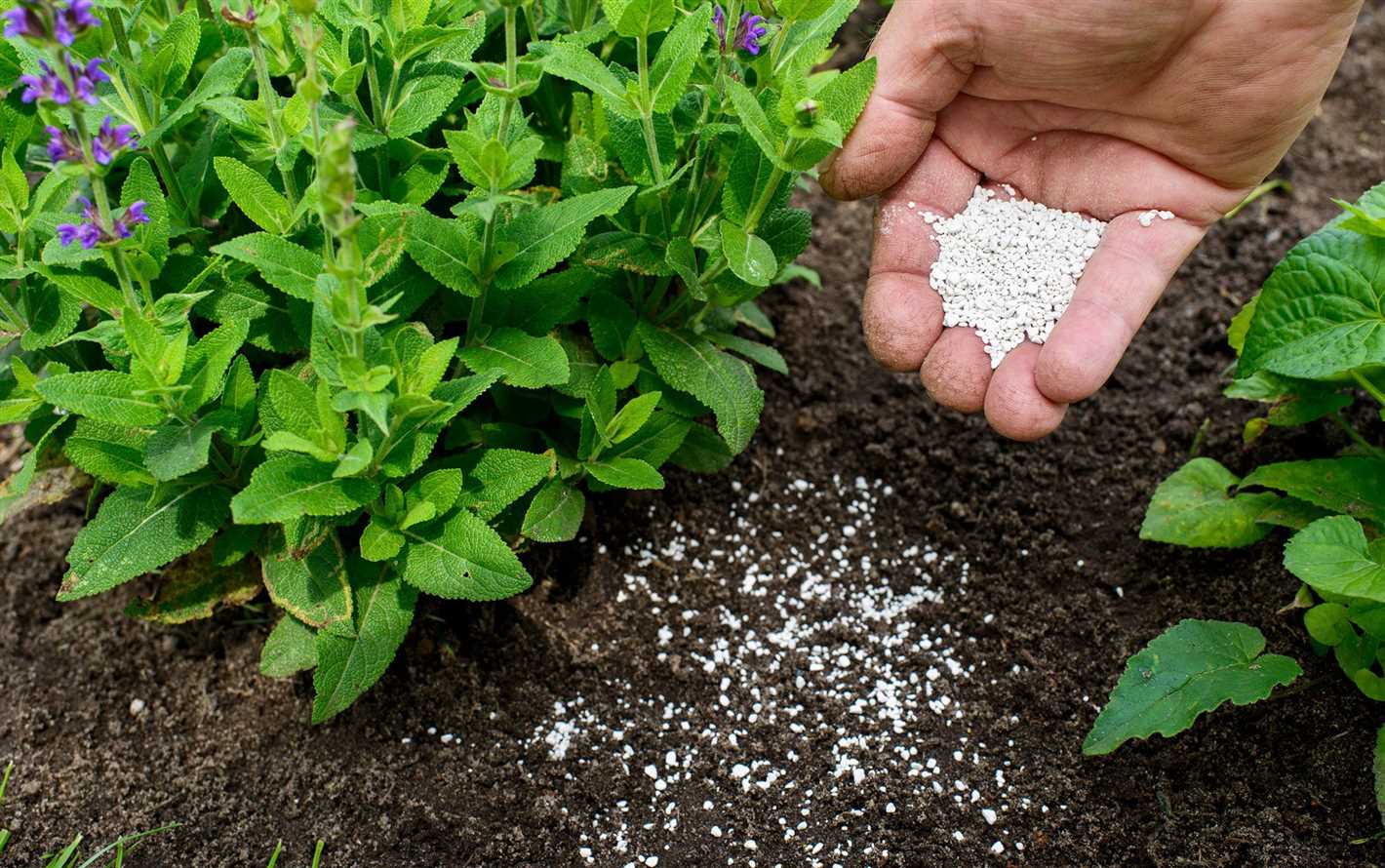
It is essential to consider the environmental impact of the fertilisers you choose. Some fertilisers may have detrimental effects on water quality and ecosystems if used improperly or in excessive amounts. Opt for fertilisers that are environmentally friendly and follow recommended application rates to minimize any negative impact.
By considering the above factors, you can choose the right fertilisers for your crops. Remember to always follow the manufacturer’s instructions and consult with agricultural experts for guidance specific to your farming practices and crop requirements. Proper fertilisation practices can contribute to healthier crops, higher yields, and sustainable agriculture.
Organic vs. Synthetic Fertilisers – Pros and Cons
Organic Fertilisers:
- Derived from natural sources such as animal waste, compost, or plant matter.
- Slow-release nutrients that are gradually released into the soil, providing a steady supply for plants.
- Improve soil structure and moisture retention.
- Enhance microbial activity in the soil, promoting a healthy ecosystem.
- Reduce the risk of chemical runoff and groundwater contamination.
- Environmentally friendly and sustainable.
- May improve the taste, flavor, and nutritional value of crops.
- Effective in the long term, as they help build soil fertility over time.
Synthetic Fertilisers:
- Manufactured through chemical processes, using a mix of minerals and nutrients.
- Provide instant and concentrated nutrients to plants.
- Can be tailored to specific nutrient ratios for different crops.
- Highly soluble, which allows for rapid uptake by plants.
- May have a quick and visible effect on plant growth and yield.
- Can be easily applied and distributed.
- May have a lower initial cost compared to organic fertilisers.
Cons:
| Organic Fertilisers | Synthetic Fertilisers |
|---|---|
|
|
Importance of Nutrient Ratios for Plant Health
When it comes to the health and productivity of plants, nutrient ratios play a crucial role. Nutrient ratios refer to the balance of essential elements that plants need to properly grow and develop. These elements include primary macronutrients (nitrogen, phosphorus, and potassium), secondary macronutrients (calcium, magnesium, and sulfur), and micronutrients (iron, manganese, zinc, copper, molybdenum, boron, and chlorine).
Optimal Growth Conditions
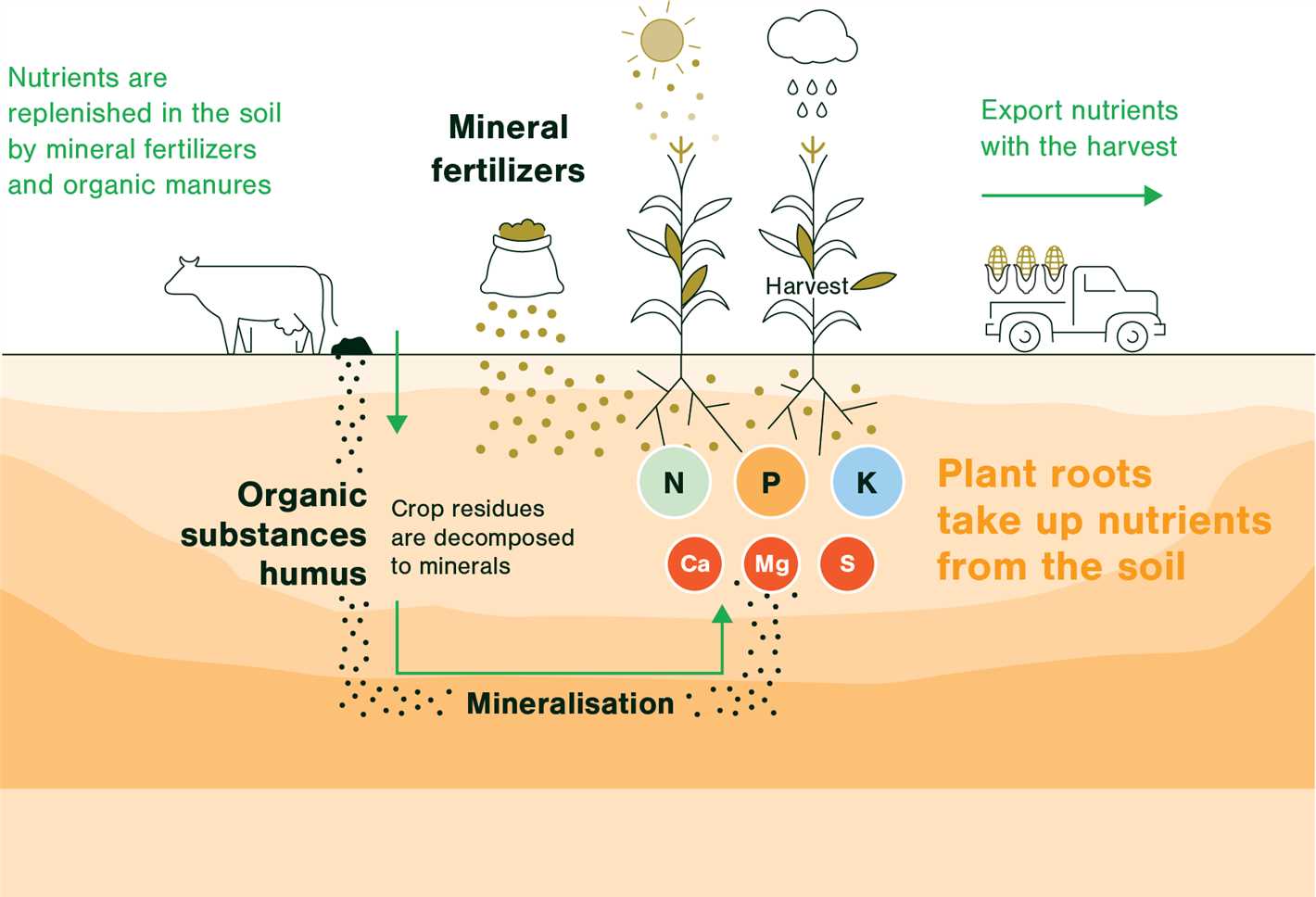
To ensure optimal growth conditions for plants, it is important to maintain the right nutrient ratios. Each nutrient has a specific role to play in the plant’s development. For example, nitrogen is essential for leaf and stem growth, while phosphorus promotes root development and flowering. Potassium helps regulate water and nutrient uptake, and calcium strengthens cell walls.
By providing plants with the proper nutrient ratios, you can ensure that all essential elements are available in the right amount at the right time. This balanced nutrient supply will help plants grow vigorously and produce bountiful harvests.
Imbalances and Deficiencies
When nutrient ratios are imbalanced or deficient, plants can suffer from various issues. For example, a nitrogen deficiency can result in stunted growth and yellowing of leaves, while a phosphorus deficiency can lead to poor root development and reduced flower production.
Similarly, an improper nutrient ratio can result in excess or deficient levels of specific nutrients, leading to toxicity or nutrient lockout. This can negatively impact plant health, reduce yield, and increase susceptibility to pests and diseases.
Using Fertilisers with Correct Nutrient Ratios
To maintain proper nutrient ratios, it is important to use fertilisers that provide a balanced combination of nutrients. Different plants have different nutrient requirements, so it is essential to choose a fertiliser that is specifically formulated for the type of plants you are growing.
Before using fertilisers, it is advisable to conduct a soil test to determine the nutrient levels and any imbalances. Based on the test results, you can adjust the nutrient ratios by applying the appropriate type and amount of fertiliser. Regular soil testing and analysis can help ensure that plants receive the optimal nutrient ratios for their health and productivity.
| Crop | Recommended Nitrogen (N) : Phosphorus (P) : Potassium (K) Ratio |
|---|---|
| Tomatoes | 1:2:3 |
| Corn | 1:1.5:1 |
| Lettuce | 1:0.5:1 |
These recommended nutrient ratios are just examples, and the specific requirements may vary depending on factors such as soil type, climate, and plant variety. However, they serve as a general guideline when fertilising different crops.
In conclusion, maintaining proper nutrient ratios is crucial for the health and productivity of plants. By providing plants with the correct balance of essential elements, you can ensure optimal growth conditions and maximize your harvest. Regular soil testing and analysis can help you adjust nutrient ratios accordingly and provide the best possible care for your plants.
Common Types of Fertilisers and their Uses
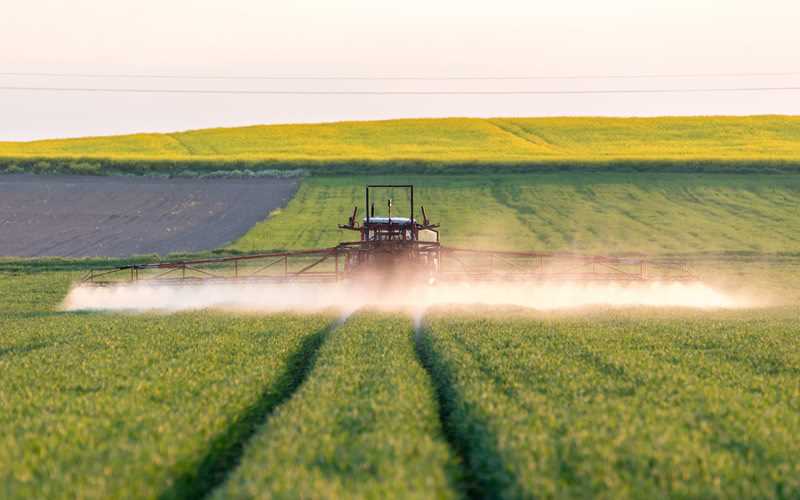
Fertilisers are used to provide essential nutrients to plants, helping them grow and thrive. There are different types of fertilisers available, each with its own specific uses and benefits. Here are some common types of fertilisers and their uses:
1. Nitrogen-based fertilisers
Nitrogen is an essential nutrient for plant growth, and nitrogen-based fertilisers provide plants with a readily available source of this nutrient. These fertilisers are commonly used to promote leaf and stem growth, as well as enhance the overall greenness of plants. Examples of nitrogen-based fertilisers include ammonium nitrate, urea, and ammonium sulfate.
2. Phosphorous-based fertilisers
Phosphorous is crucial for root development, seed formation, and overall plant growth. Phosphorous-based fertilisers are often used to boost flowering and fruiting, as well as promote strong root systems. Examples of phosphorous-based fertilisers include superphosphate and triple superphosphate.
3. Potassium-based fertilisers
Potassium plays a vital role in various plant functions, including water regulation, enzyme activation, and disease resistance. Potassium-based fertilisers are used to improve overall plant health, increase yield, and enhance plant tolerance to stress. Examples of potassium-based fertilisers include potassium sulfate and potassium chloride.
4. Complete or balanced fertilisers
Complete or balanced fertilisers contain a combination of nitrogen, phosphorous, and potassium, providing plants with a range of essential nutrients. These fertilisers are often used as general-purpose fertilisers for overall plant health and growth. Examples of complete fertilisers include NPK fertilisers (containing all three nutrients) and blends of different types of fertilisers.
5. Organic fertilisers
Organic fertilisers are derived from natural sources, such as animal manure, compost, and plant extracts. These fertilisers not only provide essential nutrients to plants but also improve soil structure and fertility. Organic fertilisers are often used in organic gardening and farming practices to promote sustainability and environmental friendliness.
6. Slow-release fertilisers
Slow-release fertilisers are designed to release nutrients gradually over an extended period. These fertilisers provide a continuous supply of nutrients to plants, reducing the risk of nutrient leaching and ensuring long-lasting benefits. Slow-release fertilisers are particularly useful for plants with slow growth or in areas with limited nutrient availability.
7. Liquid fertilisers
Liquid fertilisers come in liquid form and are commonly used for foliar spraying or as a soil drench. These fertilisers are quickly absorbed by plants and provide immediate nutrition. Liquid fertilisers are often used for fast-growing crops or when quick nutrient uptake is desired.
8. Specialised fertilisers

Specialised fertilisers are formulated for specific plant types or growth stages. These fertilisers cater to the specific nutrient requirements of certain plants, such as acid-loving plants or plants in their flowering stage. Specialised fertilisers can help optimize growth and yield for specific crops.
It is important to choose the appropriate type of fertiliser based on the specific needs of your plants. Understanding the different types of fertilisers and their uses can help you achieve bountiful harvests and maintain healthy plants.
Best Fertiliser Practices for Different Types of Crops
1. Leafy Greens (Lettuce, Spinach, Kale)
- Use a balanced fertilizer with equal ratios of nitrogen, phosphorus, and potassium (NPK).
- Apply a slow-release fertilizer during planting, ensuring even distribution across the garden bed.
- Monitor the nutrient levels regularly and provide additional nitrogen if the plants show signs of slow growth.
2. Root Vegetables (Carrots, Radishes, Potatoes)
- Choose a fertilizer with a higher phosphorus content to promote strong root development.
- Apply the fertilizer to the soil before planting and mix it well to ensure even distribution.
- Avoid excessive nitrogen, as it can lead to excessive foliage growth at the expense of root development.
3. Fruit-Bearing Plants (Tomatoes, Peppers, Cucumbers)
- Use a fertilizer with a higher ratio of potassium to encourage fruiting and ripening.
- Apply the fertilizer around the base of the plants, avoiding direct contact with the stems or leaves.
- During the fruiting season, regularly monitor the nutrient levels and adjust the fertilizer application if necessary.
4. Grain Crops (Corn, Wheat, Rice)
- Choose a fertilizer with a higher nitrogen content to promote lush foliage and better grain production.
- Apply the fertilizer evenly throughout the field before planting or during the early growth stage.
- Regularly monitor the crop’s nutrient needs and provide additional nitrogen if required during the growing season.
5. Herbs and Spices (Basil, Rosemary, Turmeric)
- Opt for an organic, slow-release fertilizer to maintain the flavor and aromatic qualities of these crops.
- Apply the fertilizer sparingly, as too much nitrogen can reduce the concentration of essential oils.
- Consider using compost or organic matter to enrich the soil and provide a steady supply of nutrients over time.
6. Perennial Plants (Fruit Trees, Berry Bushes, Perennial Flowers)
- Use a slow-release fertilizer formulated specifically for perennial plants.
- Apply the fertilizer according to the package instructions, taking care not to over-fertilize.
- Consider conducting a soil test to determine any nutrient deficiencies and adjust the fertilizer application accordingly.
7. Indoor Plants
- Choose a balanced fertilizer with an equal ratio of nitrogen, phosphorus, and potassium.
- Apply a diluted liquid fertilizer every two to four weeks during the growing season.
- Monitor the plant’s response to the fertilizer and adjust the application rates if necessary.
Remember, it’s essential to conduct soil tests and monitor plant growth regularly to determine the specific nutrient requirements for each crop. Adjusting the fertilizer types, applications, and ratios accordingly will ensure healthy plant growth and a bountiful harvest.
Fertiliser Application Methods for Maximum Efficiency
Applying fertilisers correctly is essential for maximum efficiency and to ensure that plants receive the necessary nutrients for healthy growth. Here are some common fertiliser application methods:
1. Broadcasting
Broadcasting is the method of spreading fertilisers evenly over a large area. This can be done manually by hand, using a fertilizer spreader, or by aircraft. It is suitable for crops such as wheat, corn, and soybeans.
2. Banding
Banding involves placing the fertiliser directly into the soil in a band alongside or below the seed. This method helps to maximize nutrient uptake by the plants. It is commonly used for row crops like tomatoes, peppers, and potatoes.
3. Side-Dressing
Side-dressing refers to the application of fertilisers to the side of the growing plants. This method supplies additional nutrients to the plants as they continue to grow. It is often used for vegetables and can be done manually or using specialised equipment.
4. Foliar Spraying
Foliar spraying involves spraying a diluted fertilizer solution directly onto the leaves of the plants. The nutrients are absorbed through the leaves and used by the plants. This method is helpful in situations where soil nutrient deficiencies are difficult to correct. It is commonly used for fruit trees and leafy vegetables.
5. Drip Irrigation
Drip irrigation involves applying fertilisers through a drip system where water and nutrients are delivered directly to the roots of the plants. This method is efficient in conserving water and nutrients, and is commonly used for greenhouse crops and orchards.
6. Fertigation
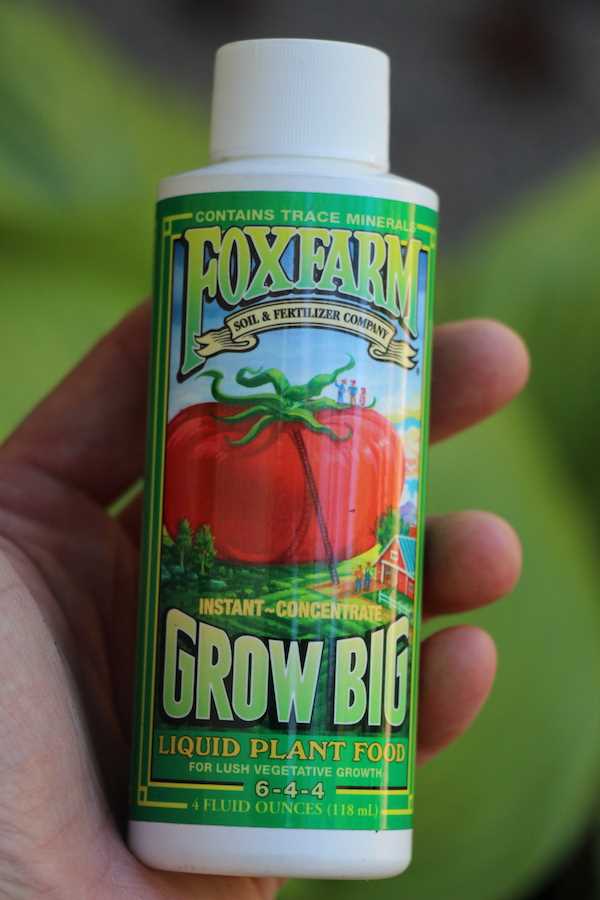
Fertigation is the process of applying fertilisers through irrigation water. Fertilisers are injected into the irrigation system and distributed evenly to the plants. This method allows for precise control of nutrient application and is commonly used for field crops, including grains and vegetables.
It is important to choose the appropriate fertiliser application method based on the type of crop, soil conditions, and the specific nutrient requirements. Proper application methods help ensure that the plants receive the necessary nutrients for optimal growth, leading to bountiful harvests.
Testing Soil Nutrient Levels for Proper Fertiliser Application
Before applying fertilisers to your soil, it is essential to test the nutrient levels to determine the appropriate type and amount of fertiliser needed. Testing the soil can provide valuable information about its composition and fertility, allowing you to make informed decisions about fertiliser application.
Why Test Soil Nutrient Levels?
Soil nutrient testing helps to identify any deficiencies or excesses in essential nutrients required for plant growth. By understanding the soil’s nutrient levels, you can tailor your fertiliser application to meet the specific needs of your plants, promoting healthy growth and improving yield.
The Testing Process
The process of testing soil nutrient levels typically involves the following steps:
- Collect soil samples: Use a soil sampling probe or shovel to collect samples from various areas of your garden or field. Take samples from different depths, mixing them together in a clean container.
- Prepare samples: Remove any stones, roots, or debris from the soil samples. Spread them out on a clean surface to air-dry for a few days.
- Select a testing method: There are various testing methods available, including DIY soil testing kits and laboratory analysis. Choose the method that best suits your needs and budget.
- Follow the testing instructions: Depending on the testing method chosen, carefully follow the instructions provided to conduct the soil tests.
- Interpret the results: Once you receive the test results, analyze them to determine the nutrient levels in your soil. Look for any deficiencies or excesses and identify the specific nutrients that may need to be adjusted.
Interpreting Soil Test Results
Soil test results typically include information about the pH level, organic matter content, and the levels of essential nutrients such as nitrogen, phosphorus, and potassium. The results may also provide recommendations for the type and amount of fertilisers to use based on the specific nutrient requirements.
Benefits of Soil Testing
Regular soil nutrient testing offers several benefits:
- Optimal fertiliser application: Testing helps determine the correct amount and type of fertiliser to use, ensuring that plants receive the necessary nutrients without over-application.
- Cost savings: By understanding the nutrient levels in your soil, you can avoid purchasing unnecessary or ineffective fertilisers.
- Environmental protection: By applying fertilisers correctly, you can minimize the risk of nutrient runoff and contamination of water sources.
- Improved plant health: Adjusting nutrient levels based on soil test results promotes healthier plant growth, leading to better yield and quality.
Overall, testing soil nutrient levels is a crucial step in the fertilisation process, enabling you to make informed decisions and achieve optimal results in your gardening or farming efforts.
Questions and Answers:
What are the different types of fertilizers available for a bountiful harvest?
There are several types of fertilizers available for a bountiful harvest, including organic fertilizers, inorganic fertilizers, and liquid fertilizers. Organic fertilizers are made from natural sources such as compost, manure, or bone meal. Inorganic fertilizers are synthetic fertilizers that are made from chemicals and minerals. Liquid fertilizers are nutrient-rich solutions that can be applied directly to the plants.
What are the applications of fertilizers?
Fertilizers are applied to plants to provide them with essential nutrients that they may be lacking in the soil. These nutrients help the plants grow, improve their overall health, and increase their yields. Fertilizers can be applied by broadcasting them over the entire field, side-dressing them along the rows, or injecting them directly into the soil. The application method depends on the type of fertilizer and the specific needs of the plants.
What are the different ratios of nutrients in fertilizers?
Fertilizers come in different ratios of nutrients, usually represented by three numbers on the packaging. These numbers represent the percentage of nitrogen (N), phosphorus (P), and potassium (K) in the fertilizer. For example, a fertilizer with a ratio of 10-10-10 means that it contains 10% nitrogen, 10% phosphorus, and 10% potassium. Different plants have different nutrient requirements, so it’s important to choose a fertilizer with the appropriate ratio for the specific crops.
Can I use organic fertilizers instead of inorganic fertilizers?
Yes, you can use organic fertilizers instead of inorganic fertilizers. Organic fertilizers are often preferred by organic farmers or those who want to minimize the use of synthetic chemicals. However, it’s important to note that organic fertilizers may take longer to release their nutrients into the soil compared to inorganic fertilizers. They also tend to have lower nutrient concentrations, so larger quantities may be needed to achieve the same results as with inorganic fertilizers.
Are liquid fertilizers more effective than other types of fertilizers?
Liquid fertilizers can be more quickly absorbed by plants compared to granular or powdered fertilizers. This is especially beneficial for plants that have shallow root systems or are in need of immediate nutrient supplementation. However, the effectiveness of fertilizers depends on various factors, including the plants being grown, the specific nutrient requirements, and the overall soil condition. It’s important to choose the right type of fertilizer for the specific needs of the plants.
What are the advantages of using fertilizers for improving crop yield?
Using fertilizers can offer several advantages for improving crop yield. Fertilizers provide plants with essential nutrients that may be lacking in the soil, helping them grow healthier and stronger. This can lead to increased yields and improved quality of the harvest. Fertilizers also allow farmers to control the nutrient levels in the soil, ensuring that the plants receive the optimal amount of nutrients for their specific needs. Additionally, fertilizers can help address nutrient deficiencies or imbalances in the soil, resulting in healthier plants and better yields.







